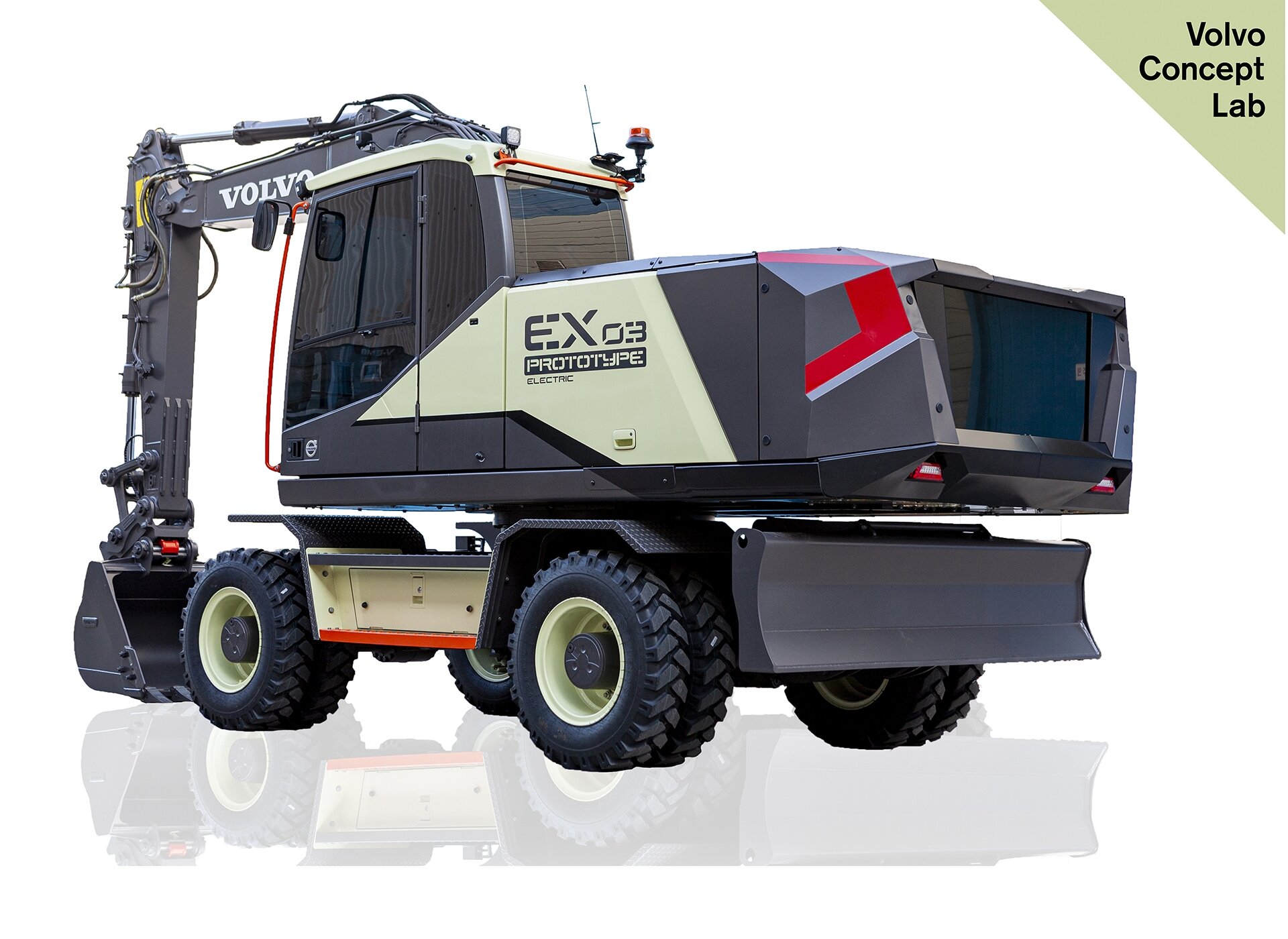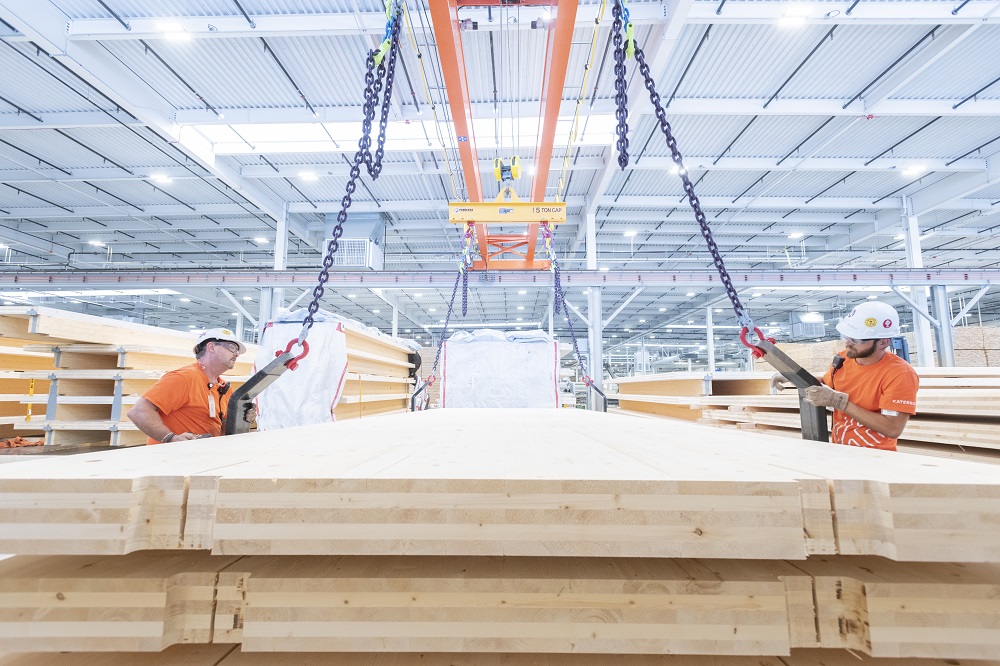Solar technology has struggled since its inception to stay cost effective enough to make up for the large initial investment. Government subsidies have helped, but many fear that those will soon go away. Because of that, scientists are fighting to produce smaller, more powerful solar cells to bridge the gap between energy and cost savings and US Army scientists have made a new breakthrough in the technology.

Maria Antonietta Vincenti, Dr. Michael Scalora, Neset Akozbek, and Domenico de Ceglia have received a patent for their solar cell that promises to be much smaller, stronger and cheaper. The Army plans to use this technology to power soldiers’ equipment in remote and inaccessible areas, but any breakthrough, such as this, will impact the solar industry as a whole.
The thickness of the newly invented solar cell is only a few hundred nanometers thick, which is extremely impressive when you find out that a piece of paper is roughly 100,000 nanometers thick, which makes it roughly 100-300 times thinner than a piece of paper!
The scientists determined that placing ultra-thin layers of gold and silver between the semi-conductor layers would increase the cells ability to absorb energy. The cells are also designed to overcome the common problems current solar panels face, such as damage, wear out with the help of the metals’ ability to reflect harmful UV and IR radiation away from the cells.
Perhaps the most exciting part of this invention is the solar panel’s ability to absorb sunlight no matter which angle the sun is hitting it at, diminishing the need for expensive and heavy sun-tracking systems.
Breakthrough in solar cell research results in patent | US Army
Follow Construction Junkie on social media!
Like most of the other electric machines that have been announced previously, Volvo promises that this midsized, 14 metric ton excavator will have the same performance as a similarly sized diesel version. The X03 is currently in the concept stage, so Volvo does not have immediate plans to bring it to market, but it shows the possibilities that electronics on heavy machinery can allow for.
Cement and concrete have been under the microscope for a number of years due to the amount of carbon created in the manufacturing process. There are many scientists throughout the world that are looking to crack the code on a new form of concrete-like material that has all of the benefits that concrete possesses. It’s a tall task, that’s why concrete has been used for hundreds of years. The latest example of scientific innovation comes from mushrooms.
As more and more battery powered heavy construction equipment is being released to help lower noise and emissions on the jobsite, I shouldn’t be that surprised to hear about a battery powered crawler crane – but, I still am.
Wood, a notoriously opaque substance, has apparently been resting on its laurels for far too long and not reaching its full potential, a team of researchers from Forest Products Laboratory (FPL), the University of Maryland, and the University of Colorado believes.
Asphalt is the material of choice for much of the roadways in the United States, but as everyone that’s ever driven in a car knows, the material is prone to cracking and potholing, creating a considerable maintenance problem. A new process being tested in California is showing promising results by using cold in-place asphalt and recycled plastic bottles.
With so many car manufacturers getting into the battery powered vehicle market, it was only a matter of time before the construction industry would start seeing more focus placed on its machines. While there are other, smaller pieces of equipment on jobsites now, CASE Construction Equipment has recently unveiled the industry’s first fully electric Backhoe Loader.
The USGBC recently released their 2019 ranking of the Top 10 US States for LEED construction, which is sorted by Gross Square Footage per Capita. That ranking system allows them to get a fair comparison of states, despite differences in population and number of buildings.
New York City is home to a large number of the United States’ tall and supertall buildings, many of which are wrapped in window glazing. All of those buildings come at a cost, though, as unsuspecting birds crash into these “invisible” buildings and die – by the millions – each year. A new law in NYC would help to reduce that number.
A couple of years ago, we shared an article about how Los Angeles was painting certain asphalt roads with a light, paint-like material made by CoolSense. Their hope was that it would reduce heat island effect in the warmest part of their city. A recent study has found that the coating may not actually have the effect that the city was hoping for.
Mass timber buildings have been a bit of a hot topic in the construction industry for the past few years, especially after Oregon became the first state to approve mass timber buildings up to 18 stories high, which was closely followed by the International Code Council approval of the same height in 2018.











